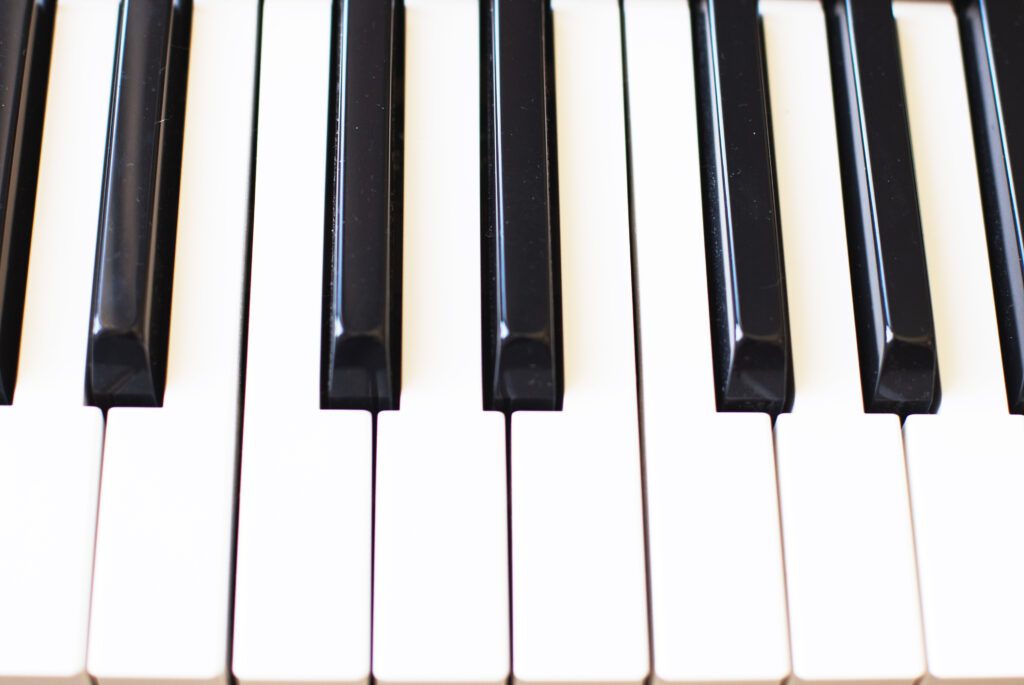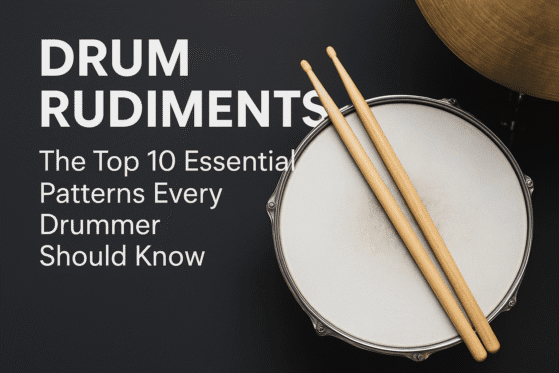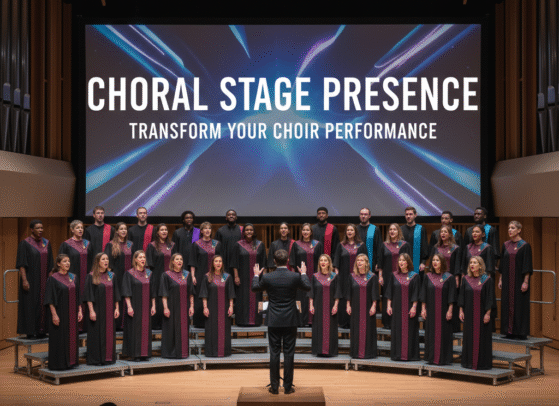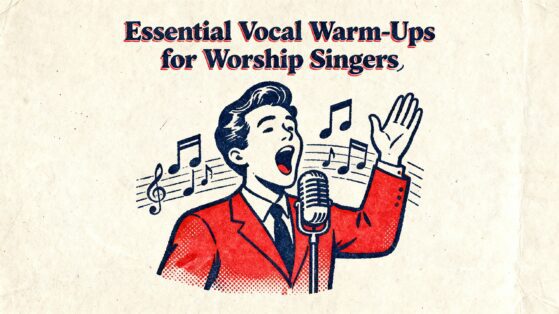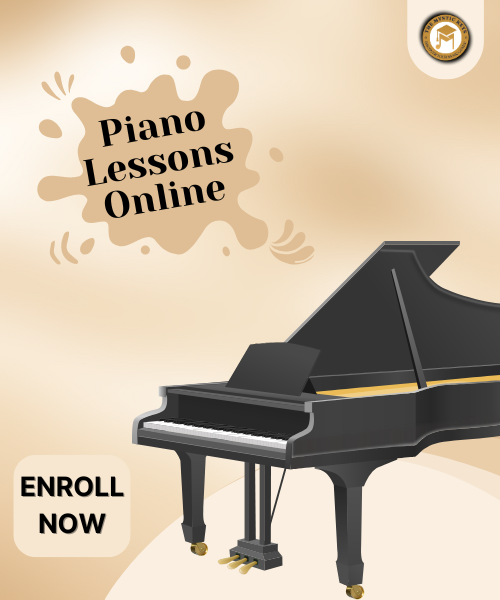The Science of Sight-Reading: How to Read Piano Music Faster
Sight-reading is one of the most essential skills for any pianist. It allows you to play new music on the spot without having to memorize it first. But for many learners, it’s a challenging task that feels slow and frustrating.
If you struggle with sight-reading, don’t worry—you’re not alone. The good news? You can train your brain to process music faster and improve your accuracy with the right methods.
In this guide, we’ll explore:
✔ How sight-reading works in the brain.
✔ Key techniques to read piano music faster.
✔ Common mistakes and how to fix them.
✔ Proven exercises to boost your speed.
✔ How The Mystic Keys can help you master sight-reading.
By the end of this blog, you’ll have a clear roadmap to becoming a fluent sight-reader!
1. What is Sight-Reading?
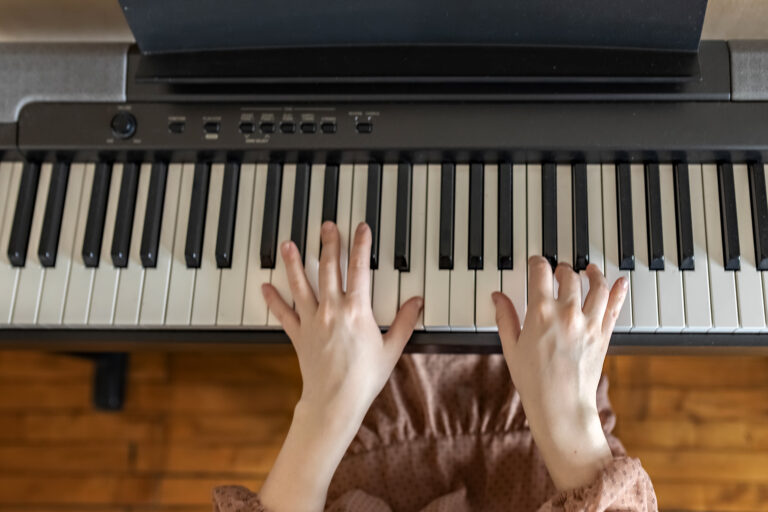
Sight-reading is the ability to play a piece of music at first sight without prior rehearsal. It’s an essential skill for:
✔ Classical musicians who need to read complex compositions.
✔ Session musicians who must play new pieces quickly.
✔ Accompanists who support singers or other instrumentalists.
✔ Music students who want to improve their fluency and confidence.
A strong sight-reader can recognize notes, rhythms, and dynamics instantly, leading to better performance and faster learning.
2. How Sight-Reading Works in the Brain
When you sight-read, your brain processes multiple elements simultaneously:
✔ Visual Recognition: Identifying notes, rhythms, key signatures, and dynamics.
✔ Motor Memory: Moving your fingers quickly to the correct keys.
✔ Pattern Recognition: Understanding common musical patterns and chord progressions.
✔ Hearing & Anticipation: Predicting how the music should sound while playing.
The faster your brain connects these elements, the smoother and more accurate your sight-reading becomes.
3. Why Sight-Reading is Hard (and How to Overcome It)
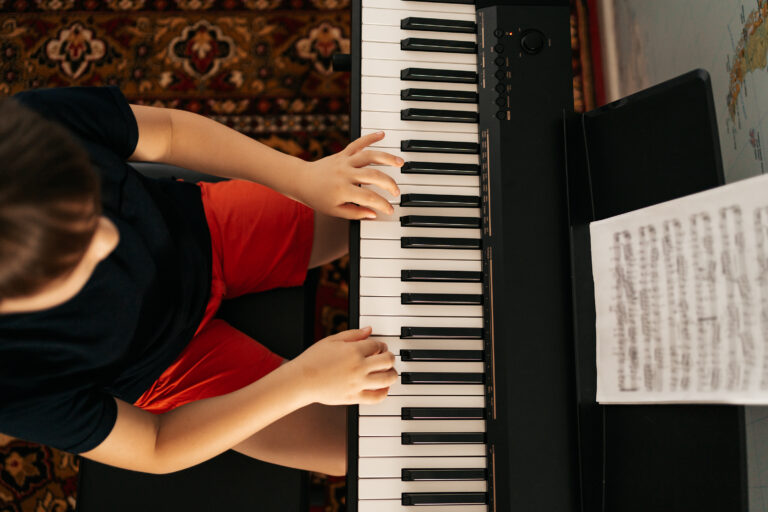
Many pianists struggle with sight-reading because:
🚫 They read one note at a time instead of patterns.
🚫 Their eye movement is too slow, causing hesitation.
🚫 They stop and correct mistakes, disrupting fluency.
🚫 Their hand-eye coordination isn’t fast enough.
How to Overcome These Challenges:
✔ Read Ahead: Always look 1-2 measures ahead.
✔ Play Through Mistakes: Keep going without stopping.
✔ Focus on Rhythm: Even if you miss notes, stay in time.
✔ Practice Pattern Recognition: Identify common chord shapes.
4. Techniques to Read Piano Music Faster

a. Read in Chunks, Not Individual Notes
Instead of reading each note separately, recognize groups of notes (chords, intervals, scales). This speeds up processing and minimizes errors.
b. Train Your Eyes to Look Ahead
Professional sight-readers always read a few beats ahead to prepare for what’s coming next.
✔ Exercise: Cover the notes you’re playing and force yourself to read ahead.
c. Keep a Steady Rhythm
Don’t stop to correct mistakes! Rhythm is more important than accuracy in sight-reading.
✔ Exercise: Set a metronome and play through a piece without stopping.
d. Practice Hands Separately First
If a piece is difficult, practice right and left hands separately before putting them together.
e. Recognize Key Signatures and Common Patterns
Understanding scales, chord progressions, and arpeggios helps you predict notes faster.
5. Common Sight-Reading Mistakes (and How to Fix Them)
🚫 Stopping to Fix Mistakes → Solution: Keep playing, even with errors.
🚫 Not Looking Ahead → Solution: Train your eyes to read ahead.
🚫 Ignoring Key Signatures → Solution: Scan the key signature before starting.
🚫 Playing Too Fast at First → Solution: Start slow, then increase speed.
6. Best Sight-Reading Exercises to Improve Speed

✔ Daily 10-Minute Sight-Reading Practice – Choose a new piece daily and play through it without stopping.
✔ Use Sight-Reading Apps – Apps like Flowkey, Simply Piano, or Sight-Reading Factory provide real-time feedback.
✔ Practice Reading Different Music Styles – Classical, jazz, pop, and blues use different patterns.
7. Using Technology for Sight-Reading Improvement
✔ Digital Metronomes – Keep a steady rhythm.
✔ Music Learning Apps – Get instant feedback on mistakes.
✔ Recording Yourself – Analyze your progress over time.
8. How The Mystic Keys Helps You Master Sight-Reading
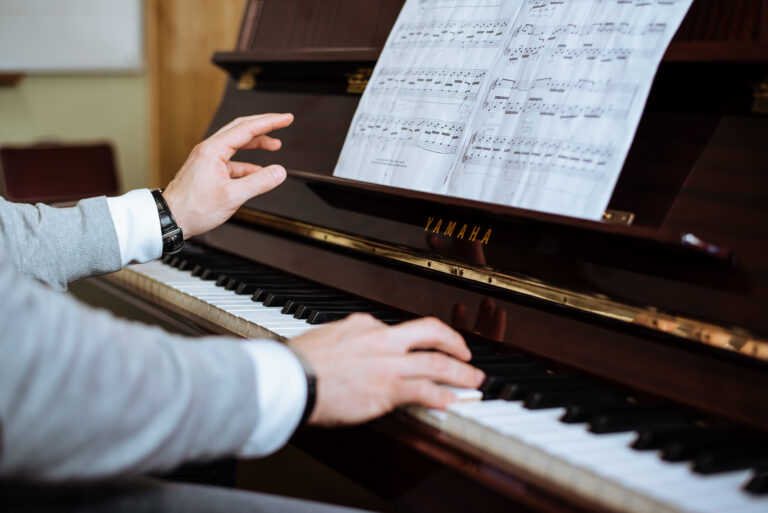
At The Mystic Keys, we specialize in helping students develop strong sight-reading skills through:
🎹 One-on-One Lessons – Personalized feedback from expert teachers.
🎼 Structured Sight-Reading Exercises – Designed to improve speed and accuracy.
📹 Session Recordings for Review – Rewatch lessons anytime for practice.
🎵 Practical Sight-Reading Challenges – Engaging exercises to build confidence.
Whether you’re a beginner or advanced pianist, our lessons help you read piano music faster and play with confidence!
9. Enroll with The Mystic Keys Today
🎵 Want to improve your sight-reading skills? 🎵
Join The Mystic Keys and start mastering piano music today!
📌 Enroll Now and boost your sight-reading speed with expert guidance!
Final Thoughts
Sight-reading is a trainable skill, not just a talent. By using proven techniques, daily exercises, and expert guidance, you can read piano music faster and play with confidence.
Related Blogs
At The Mystic Keys, we believe that mastering the piano practice structure is a journey that combines passion, discipline, and the right guidance. Whether you’re a beginner or an advanced pianist, a structured practice routine is the cornerstone of progress.
At The Mystic Keys, we emphasize the importance of proper finger placement as the foundation for any pianist’s journey. Whether you’re just starting or refining your technique, mastering finger placement will not only improve your speed and precision but also prevent strain and fatigue.
A well-set piano greatly enhances the worship experience, making the environment more inviting and spiritually enriching. To achieve this, you must focus on both technical and practical aspects, ensuring the instrument seamlessly complements the service. Below is a step-by-step guide on how to effectively set a piano for worship.


